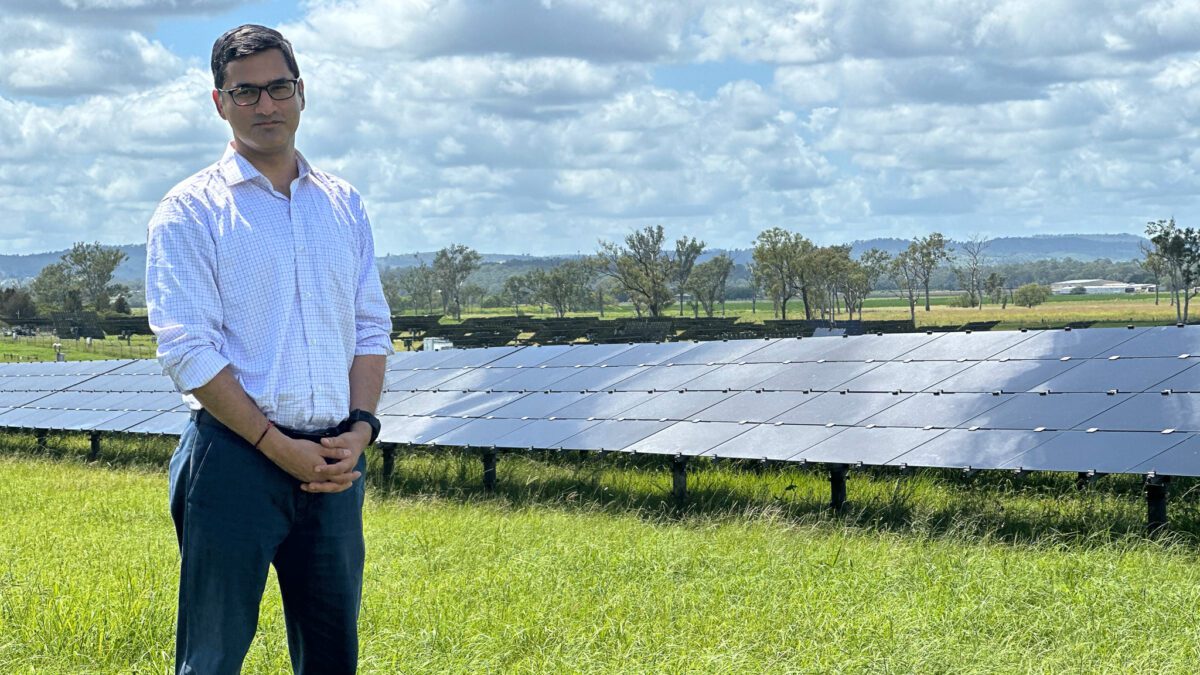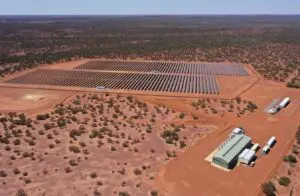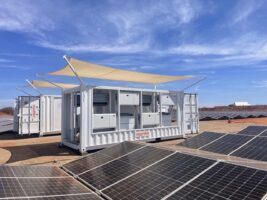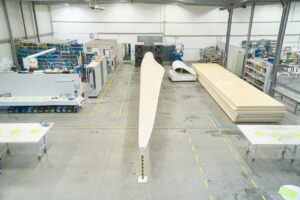Australian-developed AI-based fault-detection technology promises to boost the reliability of solar projects by detecting potential faults without the need for additional on-site hardware.
The SolarisAI platform, created by researchers at the University of Queensland, uses machine learning algorithms to monitor data from solar farms and identifies faulty or underperforming panels,
The creator of the technology, Associate Professor Rahul Sharma from the University of Queensland’s School of Electrical Engineering and Computer Science, says the AI platform could significantly reduce the time and effort required to identify and locate faulty panels, allowing recommendations for maintenance and repairs to be generated in real time.
“The challenge with large solar farms is detecting any faulty or underperforming solar panels hidden in a sea of millions,” Sharma said.
“It’s impractical to install monitoring hardware on each panel, inspect every panel for damage or clean every panel to remove dirt. We needed to find a way to automate that process.”
The SolarisAI is able to monitor solar farm operational data and locate potential performance issues down to individual array and panel string levels, providing feedback on performance losses caused by panel degradation, faulty wiring, dirty panels and tracking issues.
The University of Queensland researchers were able to test the technology in real-world conditions using the University’s Gatton Solar Research Facility, which features 3.3MW of solar generation capacity using 37,000 thin-film photovoltaic panels and a mix of fixed, single-axis and dual-axis tracking systems.
Sharma says the SolarisAI platform could reduce the amount of generation lost to underperformance by as much as half, potentially saving Australian solar farm operators hundreds of millions in foregone revenues.
“Underperformance in Australian solar farms cost the industry around $400 million a year,” Sharma said.
“We’re aiming for SolarisAI to reduce those losses by half and potentially deliver an uplift in revenue of up to eight per cent.”
SolarisAI is already in negotiations with Edify Energy to deploy the AI platform at its Hamilton solar farms in Collinsville, and at Genex’s Kidston solar farm in North-West Queensland.
“The key to maintaining grid reliability and achieving success as a network operator is effective and efficient asset management,” Edify Energy’s CEO John Cole said.
“This technology has the potential to drive solutions to the world’s energy crisis.”
The technology was developed with the support of a research grant provided by the Australian Renewable Energy Agency and progressed to commercialisation with funding support from the University of Queensland’s UniQuest Investment Fund, while also benefiting from a partnership with German electronics company Wiedmueller, which supported the creation of early prototypes.
Similar technology has been developed and deployed for fault detection in wind farms, with a South Australian-based company, Ping Services, creating a ‘stethoscope’ type device which listens to the vibrations and sounds created by an operating wind turbine to identify potential faults and damage.










